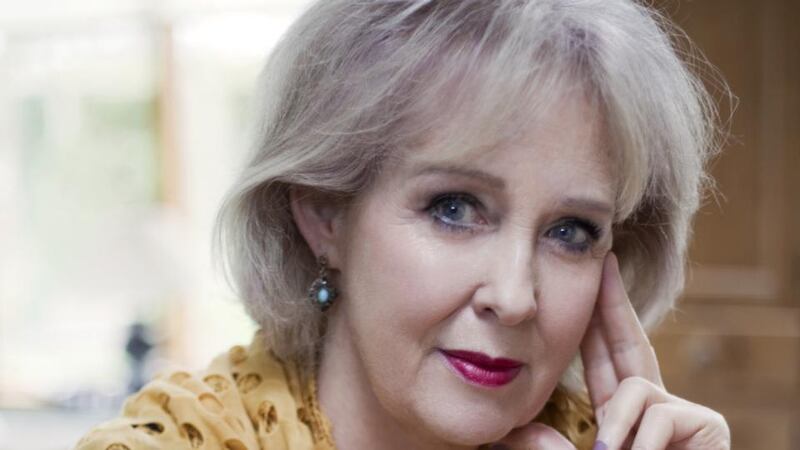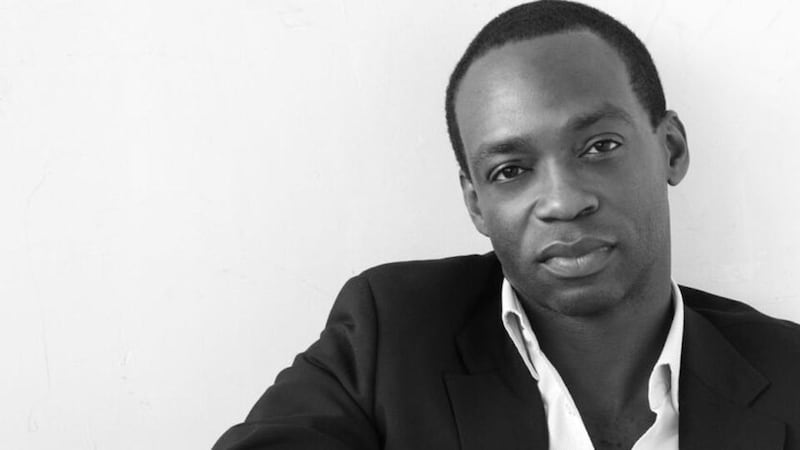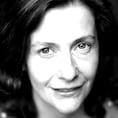"Consider what follows as writing by an animal," bids Greg Delanty's prefatory note to No More Time (Louisiana State University Press, $17.95). The artful title of the first section, A Field Guide to People, highlights our innate tendency to attribute human characteristics to nature.
A fine formal achievement brimming with Delanty’s characteristic wit, it is not the first alpha-bestiary of recent years but its 26-sonnet sequence in tricky terza rima is surely one of a kind. Celebrating as it laments, recording as it warns, often with more than a touch of comic horror, “Quell your qualms, man. You’re a natural carnivore./ Whatever you do, don’t look at your hooves now./ You’re standing in their skins.” (Bos Taurus)
The opening Aye Aye poem reveals the endangered lemur, “which has one unusually long middle finger”; its name “is derived from a person’s alarmed utterance on seeing the animal” . Systemically slaughtered, believed to be a “harbinger of death”, the aye aye’s “ bat-eared head,/ large as a baby’s, staring in fright” is a haunting accusatory image, while Breaking News’s bulletin on humanity’s response to the environmental crisis is short:
... we set fire
to our house in the middle of nowhere
to warm ourselves. Our very own pyre
Look here comes the fire brigade flying
the flag…
…They assure us everything is okay.
is OK as they hose our home with jets of oil.
Delanty moves from satire to celebration, from lyric song to plain demotic. But humanity is painfully slow to recognise Earth’s destruction – the poet sees a weeping, middle-aged woman on a plane, “Her dyed loam-brown hair is out of style/ gray creeps back at the roots”. The poet wants to help her and then “The angle of her head on the pane reminds me/ of the tilt of the earth. Bingo,/ I knew she looked familiar: Gaia, leaning on the window.” (The Red Eye)
Mary O'Donnell's The Massacre of the Birds (Salmon, €12), similarly preoccupied with the alarming rate of extinction, strikes a consistently sober note. In Against the Vanishing, set in Hollywood Lake, Co Monaghan, she imagines her counterpart, a woman on the other side of the world
On the lakeshore
of conscience I stand. God help me.
Certain that in Argentina,
a woman also stands,
nature-struck.
A Husband’s Lament for the Massacre of the Birds – one billion birds are killed by humans every autumn on their way to Africa – is closer to home, the poet observing the husband who laments:
…by counting, he does this by digging.
O loss, loss, for the swallows have not returned,
loss, for the neap tide shows no sandpiper,
nor greenshank, and he digs the garden to plant
what will attract all comers of wing.
Here is yet another viewpoint at one remove, effectively highlighting each human’s power and powerlessness in the face of environmental threat.
The husband’s presence points to another consistent theme, the importance of family. The poet’s strong mother who says “No on Bloomsday” appears often, once to issue a warning when the poet “so intent on a writer’s junket in Katumba/ that I’ve crossed a hemisphere and missed…” her daughter’s First Communion. Too late, O’Donnell regrets the decision, “resenting the friends who urged me to leave”, hearing “my mother’s truth all the way from Ireland: You’ll regret it for the rest of your days.” (Communion Day 2001)
This poem, appearing 20 years later, redeems with its honesty, its final haunting image, “Above me, cockatoos flocking home to roost/ fill the dusk whitely.”
There is a great range here, nature and travel perhaps the most consistent themes while two fiery #MeToo poems hit bull’s eye. Yet the finest poem in the book, reminiscent of Adrienne Rich’s Diving into the Wreck, celebrates the imagination:
It lay on the other side,
the colour of country butter.
I longed to enter any way I could-
by door, window, chimney…
I stripped off…
dived…
Now, within, I am drowning
in secrets, in the company of
rats…herons…
With my own, as always.
(Hanging House in a Canal)

While Rowan Ricardo Phillips's Living Weapon (Faber & Faber, £10.99) is preoccupied with cities rather than nature, predators are a palpable presence. In New York, some of the predators wear navy blue, others are invisible:
My grandmother saw it coming and left.
I'd already left. It came late and swift
Like a tidal wave mistaken for a wave,
Came, not as a note but as an octave,
Black-keyed and mangled…
…It is Easter and she is dressed
In her lilac best and hat her daughter
Crossed bridge and Bronx and plague to bring to her.
(Preludes)
Using TS Eliot’s languorous impersonal 1920s London poem as springboard, Phillips brings present-day New York to life in a stately procession. But it is William Blake’s London evoked under Eliot’s famous essay title that delivers the extreme shock of violence promised in the title:
I wandered through each chartered street
Till I was shot by the police.
(Tradition and the Individual Talent)
Blake and Eliot are not the only poets haunting this collection closely preoccupied with the art of poetry. John Donne and Milton appear and there are some fine meditations on music. But it is the long narrative, Mortality Ode, that stands out, its hyper-real evocation of the deadly everyday threat felt by black men.
The speaker is in the cellular shop when “two NYC cars pull up casually… Two officers enter…/ One…stops / A few feet from the counter and leans/ Forward, like a dark blue crane…”. The threat, drawn out over 2½ pages in suffocating slow motion, comes to its neat reflective climax as the narrator opens his phone’s camera to “…sneak a picture of them”:
The guy who's been helping me, without looking up
From his monitor, his hands still resting on
His keyboard like hands holding the end of a net,
Asks me – his voice quick as a Camaro –
If I think I'll want protection for that
Because you never know: you never ever know.

A new experimental pamphlet, Performances in All Directions from Julie Morrissy (Pizza, Poetry, Pub €12.50), mixes field notes, images, poetry and text with poignant effect. Certain Individual Women takes its title from "very recent though now defunct, Irish legislation that relates to the type of information a woman can receive while pregnant" – juxtaposing the personae of three women alongside documentary legal poems.
One of these women is Fra, Morrissy’s grandmother who was reared in Waterworks house, Ravensdale, Co Louth. The spare images and field notes which document Morrissy’s trip to her grandmother’s house beside a reservoir, hidden behind a motorway are particularly moving, more than a sum of their parts.
A Gap in the Clouds: A New Translation of Ogura Hyakunin Isshu, translated by James Hadley and Nell Regan (Dedalus, €12), is a seminal collection of Japanese poetry, originally compiled by Fujiwara No Teika in 1235. Jettisoning the syllable pattern while keeping the correct number of lines for these tankas, these delightful translations reveal millennium-old voices still fresh and full of yearning:
They say I am in love
but I have only just
begun to feel it for myself –
and so , I'd really prefer
if no one else knew!
Mido No Tadami



















